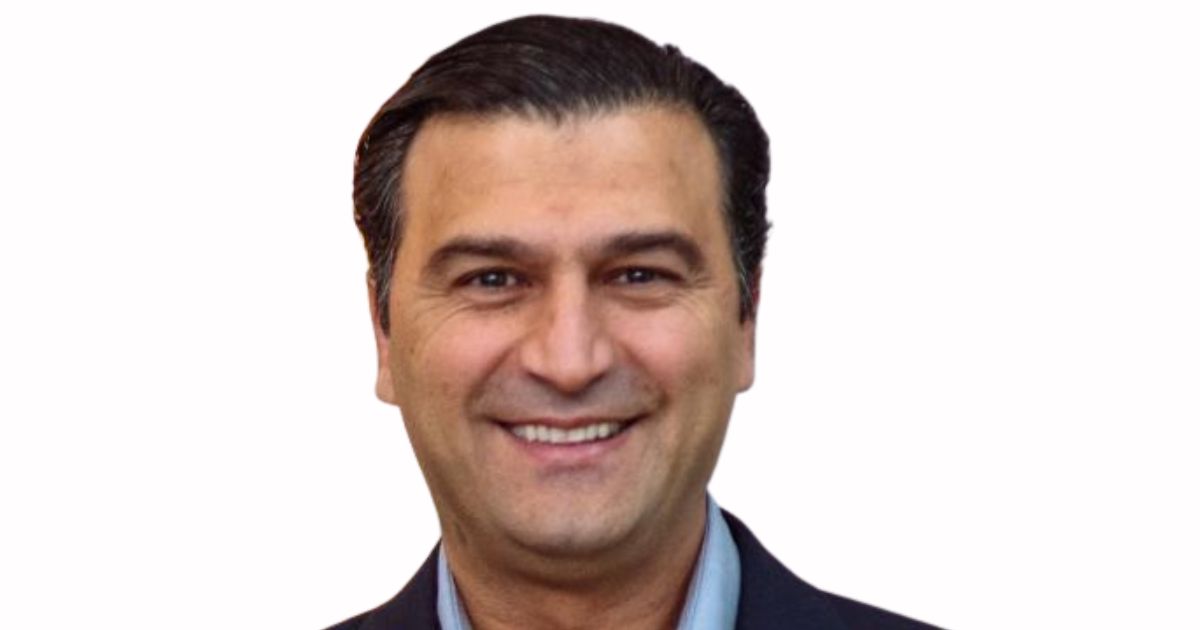
Photo: laflor/Getty Images
Shared-use mobile devices could save medium-to-large Australian hospitals millions each year, but executives remain concerned about patient data security.
Healthcare access management solutions provider Imprivata recently commissioned a survey to assess how hospitals are using shared devices and identify gaps in their effective implementation.
It involved 75 respondents, who were either IT decision makers or clinical leaders, from acute care facilities with over 100 beds in Australia. The global survey, conducted by Vanson Bourne, also covered Canada, the United States, and the United Kingdom.
FINDINGS
The survey report noted that respondents recognise the value of shared devices. Improved access to clinical applications, increased mobility and flexibility, and better coordination and communication between clinical staff were highlighted as primary clinical benefits. For IT teams, shared devices enhanced data security, raised alignment with regulations and compliance, and improved their ability to locate lost mobile devices.
Nearly all respondents reported a greater return on investment from using shared devices than from individual-use or personal devices, resulting in average annual savings of A$1,207,150 (around $800,000) for each facility. Organisations that fully implemented a shared device management strategy reported average yearly savings of A$1 million (around $660,000), while those that have not still saved A$524,000 ($345,000) a year.
Almost all respondents, the survey results showed, agreed that mobile devices are "essential" clinical tools. However, policies for managing shared-use devices were not fully implemented, as disclosed by more than half of respondents. This posed challenges, including data security concerns, a lack of a centralised system for managing mobile devices, and a lack of visibility on mobile device usage.
Specifically on the clinical side, the biggest issues were getting locked out of mobile devices, dealing with broken, uncharged, and/or misconfigured devices, and missing or unavailable devices.
The absence of a shared device management strategy could create major security gaps, especially when users share login credentials or remain signed in after use. For these reasons, over half of the respondents reported being uncertain about the protection of patient data on shared devices.
Additionally, the survey found that while shared devices offer inherent tracking benefits, Australian health facilities still lose about 15% of them each year on average, causing delays in clinical communication and disruption to shift handover and documentation.
WHY IT MATTERS
Based on the survey, Imprivata observed that Australia is still in the "early stage of adoption" of shared-use mobile devices. The difficulties they face at this stage are expected, according to Daniel Johnston, associate chief nursing informatics officer and director of clinical operations at Imprivata.
"Many organisations are still working to determine the best way to scale these solutions," he said. "What's critical now is moving beyond ad-hoc solutions to a formal, robust strategy."
Johnston suggested combining strong identity and access management with enterprise-grade device management and workflow optimisation if healthcare organisations want to take full advantage of mobile devices at scale.
